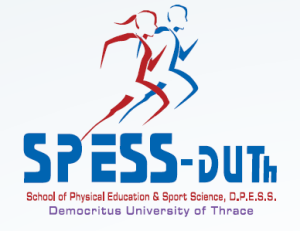Effectiveness of Graphomotricity as adjuvant for fine motor skills rehabilitation in traumatic radial nerve temporary disruptions due to trauma.
Introduction: Radial nerve injury, often caused by humeral fractures, can disrupt mobility and functionality of the arm. Physiotherapy focused on function recovery are an essential component of radial nerve injury treatment. Graphomotricity has the purpose of educating and proofreading achievement of motor-perceptive processes which allow a better upper limb and fine motion domain. The present study aimed determine the efficacy of graphomotricity as a physiotherapy adjuvant for fine motor skill recovery after traumatic reversible nerve injuries. Material and methods: A non-randomized clinic essay was administered to twelve distal humeral fracture and radial nerve damage patients. Patients under 18 years old, with axonotmesis electromyographic data, or complete nerve injury were eliminated. Each patient completed 15 physical therapy sessions consisting of conventional treatment and fine motor skill stimulation with graphomotricity exercises. Results: After physical therapy and graphomotricity sessions, there was a significant (p<0.001) increase in average range of motion and strength. Additionally, there was a significant (p<0.001) decrease in average DASH scores. Conclusion: The present study suggests graphomotricity may be a valuable addition to conventional physical therapy for fine motor skill recovery in patients with traumatic radial nerve partial injury






